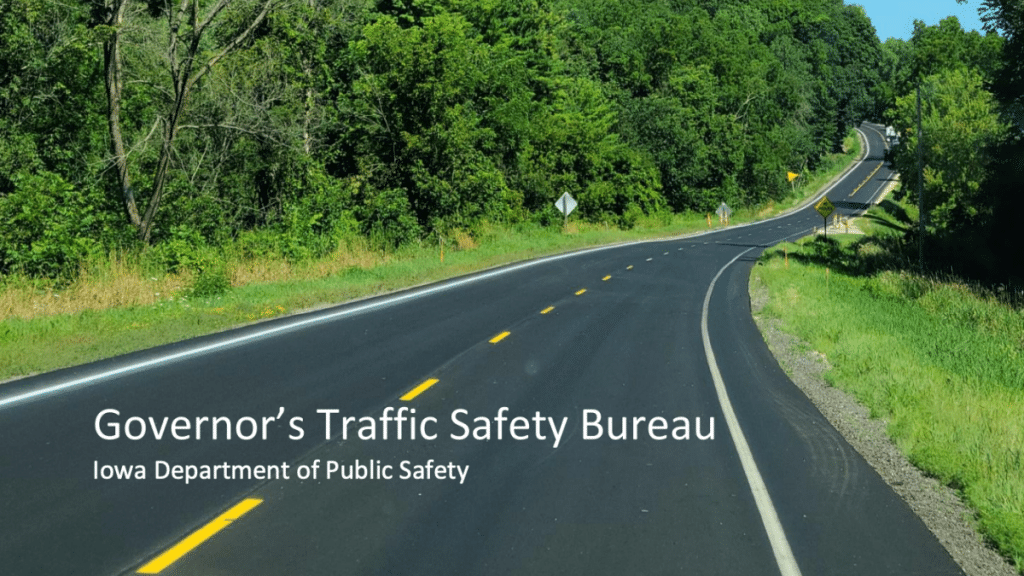Strengthening Iowa’s Road Infrastructure
Under the stewardship of Governor Kim Reynolds, the state of Iowa has embarked on a transformative journey, one marked by an unwavering commitment to enhancing its road and safety infrastructure. This strategic initiative, led by Governor Reynolds, is a testament to the state’s dedication to the well-being and security of its residents. In recognizing the critical need for a comprehensive approach, the focus has been directed towards not only refurbishing and upgrading the physical condition of the state’s roadways but also ensuring they are equipped to cater to the safety needs of all users. This includes motorists, cyclists, and pedestrians alike, each of whom plays a vital role in the dynamics of road use and safety. The initiative underscores the understanding that well-maintained and safe roads are the backbone of community well-being and economic growth.
Governor Reynolds’ leadership in this area has been both innovative and forward-thinking. Acknowledging that a robust and resilient infrastructure is key to the state’s growth, her administration has pursued significant investments aimed at overhauling Iowa’s transportation landscape. These investments are multifaceted, addressing a wide spectrum of needs from the urban centers to the rural byways of Iowa. The goal is clear: to drastically reduce the incidence of motor vehicle accidents and to enhance the overall safety of Iowa’s road networks. In doing so, Governor Reynolds has set in motion a series of projects and initiatives that promise to reshape how Iowans travel, work, and live, ensuring that the state’s infrastructure meets the demands of the present while being prepared for the challenges of the future.
Investing in Modern Roadways
Central to Governor Reynolds’ initiative is the modernization of Iowa’s roadways. This involves upgrading old structures, improving road surfaces, and expanding key routes to ease congestion. By addressing these critical areas, the state aims to significantly reduce the frequency and severity of traffic accidents. The modernization efforts extend to rural areas as well, where road safety is equally vital. These investments ensure that Iowa’s infrastructure can meet current demands and future growth.
Enhancing Safety with Technology
Governor Reynolds’ vision for a safer Iowa also includes integrating advanced technology into the state’s road safety strategies. This involves the adoption of intelligent transportation systems (ITS) which use technological tools to improve traffic management and enhance safety. Technologies such as traffic monitoring cameras, digital signage, and real-time traffic data collection are being utilized to inform road users and manage traffic flow more effectively. This proactive use of technology aids in preventing accidents and in responding more efficiently when they do occur.
Focus on High-Risk Areas
A significant portion of the state’s efforts under Governor Reynolds’ leadership is directed towards identifying and improving high-risk areas. These are spots on Iowa’s roads where data shows a higher occurrence of accidents. By targeting these areas, the state can implement specific measures such as better lighting, improved signage, and road redesigns to mitigate risks. This targeted approach ensures that resources are efficiently used where they are most needed.
Public Awareness and Education Campaigns
Understanding that infrastructure improvements alone cannot entirely eradicate road accidents, Governor Reynolds’ administration emphasizes the importance of public awareness and education. The state has launched campaigns to educate drivers, pedestrians, and cyclists about road safety. These campaigns focus on critical issues such as the dangers of distracted driving, the importance of seatbelt use, and safe driving practices in different weather conditions. By changing public attitudes and behaviors, these campaigns complement physical infrastructure improvements.
Collaborative Efforts for Road Safety
The success of these initiatives is also attributed to collaborative efforts between various state agencies, local governments, and community organizations. Governor Reynolds has advocated for a unified approach, where different stakeholders come together to share knowledge, resources, and strategies. This collaboration ensures a more comprehensive and effective approach to road safety, with shared responsibility and collective action.
In conclusion, Governor Kim Reynolds’ dedication to revamping Iowa’s road and safety infrastructure symbolizes a comprehensive strategy aimed at curtailing motor vehicle accidents, a persistent challenge across the state. Her approach is multifaceted, intertwining the modernization of roadways with the adoption of cutting-edge technology and strategic focus on areas most vulnerable to accidents. This initiative is further strengthened by robust public awareness campaigns and the fostering of collaborative efforts across various sectors. By doing so, Iowa is not just addressing the immediate concerns of road safety but is also setting a precedent for other states to follow. This holistic approach is a blueprint for creating a safer, more efficient, and more responsive transportation system.
These extensive efforts go beyond the mere reduction of accidents and fatalities. They signify a deeper commitment to enhancing the overall quality of life for all Iowans. Safe and well-maintained roads contribute to the economic vitality of the state, ease of transportation, and overall public welfare. They are essential in fostering thriving communities where residents can live, work, and play with peace of mind. By making Iowa’s roads safer for today, Governor Reynolds is not only ensuring a secure present but is also laying the groundwork for a prosperous and resilient future. Her vision and actions resonate with the core values of safety, progress, and community well-being, guiding Iowa towards a path where road safety is a shared responsibility and a collective achievement.
